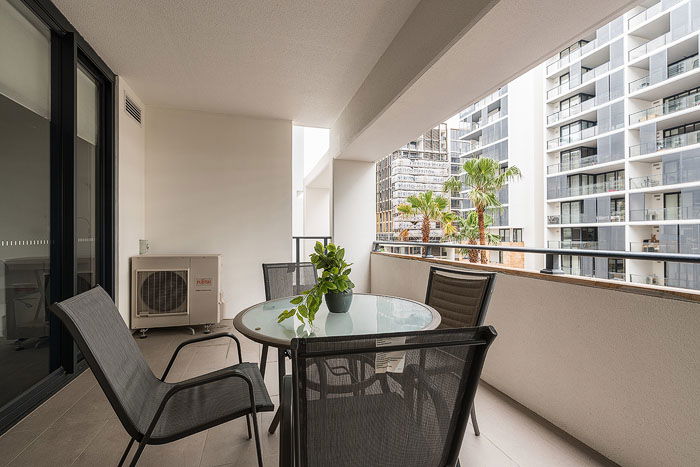Profitable Photography Careers to Consider in 2026
If you’re looking for profitable photography careers, there are several avenues you can explore. We won’t lie to you; making money from photography isn’t easy, and it isn’t getting any easier. But it is still possible to make a good living with a career in photography.
This article offers an introduction into photography careers, looking at the most easily accessible areas in the industry. It’s packed with tips on how to start making money with your camera, and each section has a link that takes you to a full article on the topic.
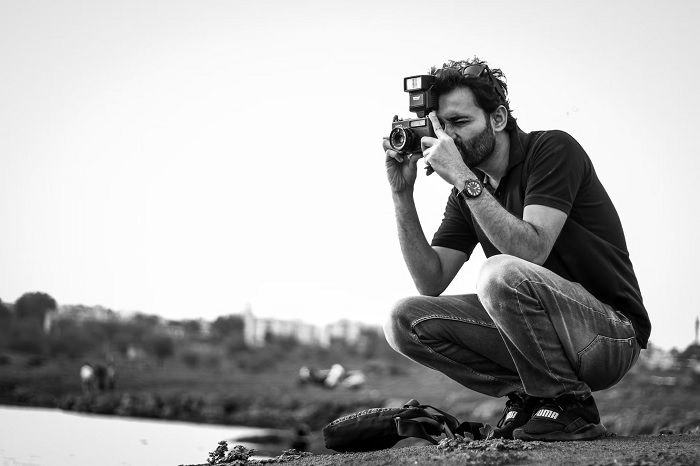
Profitable Photography Careers
Theoretically, you can make money in any field of photography. But the truth is that it isn’t always easy. With some photography genres, you must invest lots of money in equipment. And with others, there are few opportunities to get paid.
That’s why we’ve selected the most accessible photography careers for this article. We look at the fields that offer the best opportunities for paid work, even if you’re relatively new to the industry.
Creating and selling stock images is a great place to start. There are hundreds, if not thousands, of websites all looking for visual content, which means selling stock photos can be a good source of income.
Travel photography also presents some opportunities for paid work. You can also look into events photography and photojournalism. Product photography is another fertile area that can yield good earnings for hardworking photographers.
We look at all these photography careers in detail below. Remember to click the links if you want to learn more about each topic.
Making Money from Photography
There are many ways to make money with photography. Selling prints online is one of the easiest methods. You can sell through a third-party platform like Etsy or print and ship the photos yourself.
Travel photography is another option. Magazines and newspapers need compelling photos that tell their stories. You can also sell to tour operators, travel companies, and airlines.
Wedding photography can be very profitable, especially in the summer months. It takes a lot of planning and work to capture a couple’s special day. To get started, consider working as a second shooter or photographing engagement sessions first.
If you want to learn more about making money with photography, there are many other strategies to explore like selling stock photos, assisting other photographers, and teaching. But our article is the perfect starting point.

Stock Photography
Stock photography is a great way to make money from your images. To maximize your income, research current trends and the top subjects clients are looking for. Plan your shoots with a shot list to capture all the angles and scenarios you need.
Shoot with the end product in mind, considering how clients might use the image. Only show your best work and cover a range of topics within your field. Adding keywords and descriptions to your images is vital so potential buyers can find them.
Photos that sell well can provide a steady income stream for photographers who put in the time and effort. If you’d like to learn more about how to take stock photos, there are many helpful resources available.
Selling Stock Photos
Selling stock photos can be a profitable way to make money as a photographer. To get started, create a portfolio of your best images that are likely to be popular with buyers. When shooting, focus on capturing photos that will sell rather than just what you enjoy photographing.
Choosing the right stock agency is important. Research their commission rates, submission process, pricing, and clients to find the best fit for your work. Once you’ve selected an agency, put together a strong submission of your best photos that meet their guidelines.
Keywording and metadata are vital for helping potential buyers find your images. If you want to sell stock photos successfully, take the time to add detailed, relevant keywords and descriptions to each photo.
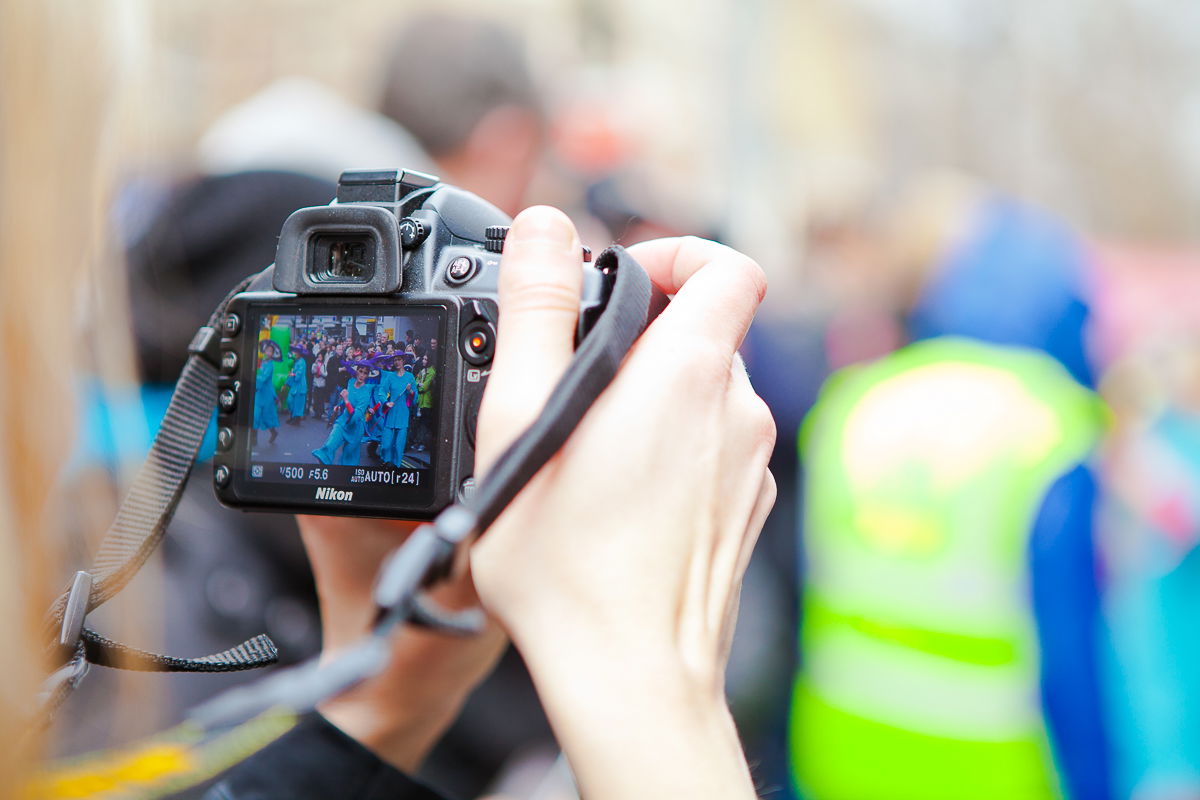
Improve Your Stock Photos
If you’re stock image sales are proving slow, be proactive and look for ways to improve your catalog.
Submit every viable photo from a shoot to your stock agency. Let the photo editor choose what will be accepted. Rejected images may have technical or aesthetic issues, or the agency thinks they won’t sell.
Use relevant keywords in your image metadata to help buyers find your photos. Stick to basic terms describing the subject and relevant details. Avoid spelling errors and limit keywords to 25 per image.
Consistency is key to success in stock photography. Make time to regularly shoot photos specifically for your stock portfolio. The more images you have, the more you’ll sell. Building a large image bank takes time but will pay off.
Developing your own photography style will help your work stand out to photo buyers, leading to more sales. A unique perspective is an advantage in the crowded stock photography market.
If you want to learn more about building a successful stock photography business, click the link to see the full guide.

Travel Photographer
Becoming a travel photographer takes hard work and dedication. You need to learn a wide range of photography skills, from landscapes to portraits. Building a strong portfolio of your best travel images is key to attracting clients.
To get started, create a website or blog to showcase your work. You can also sell your images on stock photography sites or as physical prints. As you travel, look for opportunities to provide photography services to local businesses.
Most importantly, focus on capturing great travel content. The more compelling your photos, the more people will seek out your work. If you’re passionate about travel photography and willing to put in the effort, you can turn it into a successful career.
To learn more about how to become a travel photographer, start with this in-depth guide before moving on to the articles below.
Travel Jobs
Travel photography jobs offer an exciting opportunity to combine a passion for photography with a love of travel. To succeed, you need more than just talent behind the camera. Business skills, physical fitness, and the ability to handle challenging conditions are all important.
Building an online presence is key. A professional website and active blog will help you showcase your work and attract potential clients. Selling prints, licensing stock photos, and writing about your travels are all ways to generate income.
As interest in photography grows, so do opportunities to teach others. Whether it’s through local workshops or online tutorials, sharing your knowledge can be a rewarding way to supplement your income as a travel photographer.
See more information on travel photography jobs by clicking this link.
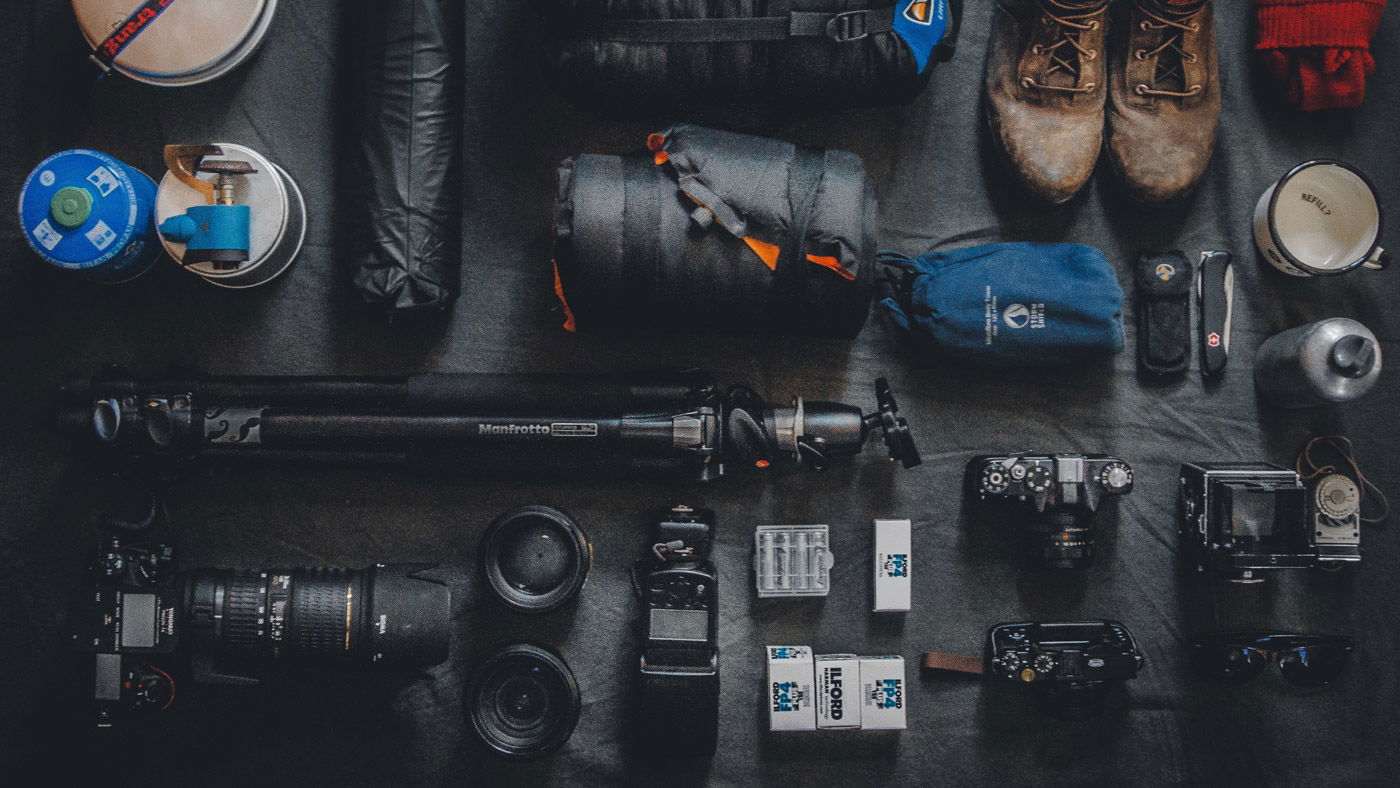
Get Paid to Travel
Getting paid to travel and take photos is a dream for many photographers. There are many ways to make this a reality, such as selling prints, entering competitions, and finding regular clients. Building an online presence beyond just Instagram is important to promote your work.
Investing in a powerful laptop for editing photos on the go is essential. Knowing how to use your camera well is more important than having the fanciest gear.
Marketing yourself is key to success as a travel photographer. You need to promote your work to people who have the money to pay you. With hard work and good planning, you can turn your passion for travel photography into a profitable career.
To learn more about how to get paid to travel and take photos, dive into a detailed article.

Other Profitable Genres
While stock photography and travel photography are two of the best options for making money, there are other opportunities to make a living with your camera.
From commercial photography to photojournalism, a dedicated photographer can earn money by taking pictures. That money won’t come easy, but with hard work and dedication, you can turn a hobby into a photography career.
Commercial Photography
Commercial photography is a wide-ranging field that involves taking high-quality photos for commercial use. This includes fashion photography, often done in a studio with paid models. Product photography is another common type, usually shot in a studio for a clean, simple backdrop.
Food photography is a popular niche that can involve editorial restaurant shots. Environmental portraits show people in their work setting, like a plant nursery employee caring for plants. Headshots are the most common type of commercial photography, used to promote a person’s products or services.
Architectural photography captures spaces like an architect’s design or a retail store. To learn more, read our in-depth commercial photography guide.

Editorial Photography
Editorial photography is a style of photography used to tell a story or capture news. Unlike commercial photography, which sells products or services, editorial photography has a more serious tone and informs or educates the viewer.
Editorial photographers create images that express the purpose of an article. They may shoot real-life imagery for journalism or create conceptual scenes in a studio. The creative possibilities are endless.
Editorial photographers work with a brief from an editor but have a lot of creative control. They use visual language to tell a compelling story, and every detail in their photos is deliberate.
If you’d like to learn more about editorial photography, we have an in-depth guide that covers everything from concepts to licensing.

Product Photography
Starting a product photography business is another great way to make money from your photography skills. You can often do this type of photography at home, without the need for models or a stylist. To get started, you’ll need some basic gear like monolights or speedlites, reflectors, diffusers, and backgrounds.
Creating a home studio for product photography doesn’t require much space. You can use your dining room table or a spare room if you have one. Photoshop skills are essential for editing product images, as you may need to create composites or retouch individual parts of the photo.
To showcase your work and attract clients, put up a simple website using a platform like Squarespace or Photoshelter. Target potential buyers by researching companies that sell products you’d like to photograph and reach out to introduce yourself.
Sending promotional pieces featuring your images can also help you start a product photography business.

Photojournalism
Photojournalism is a rewarding career that involves documenting real people and events. It allows you to tell stories and bring truth to the world through your images.
To become a photojournalist, start by building a website to showcase your best work. Learn other skills like video production and social media to make yourself more attractive to employers. Photojournalism takes time and dedication, so stay motivated by setting long-term goals.
Get noticed by creating your own stories, talking to people, and using criticism to improve. Pitch your work to publications that align with your style and subject matter. With hard work and passion, you can make a difference through your photojournalism.
If you’d like to learn more about a photojournalism career, we have a detailed guide available in this link.
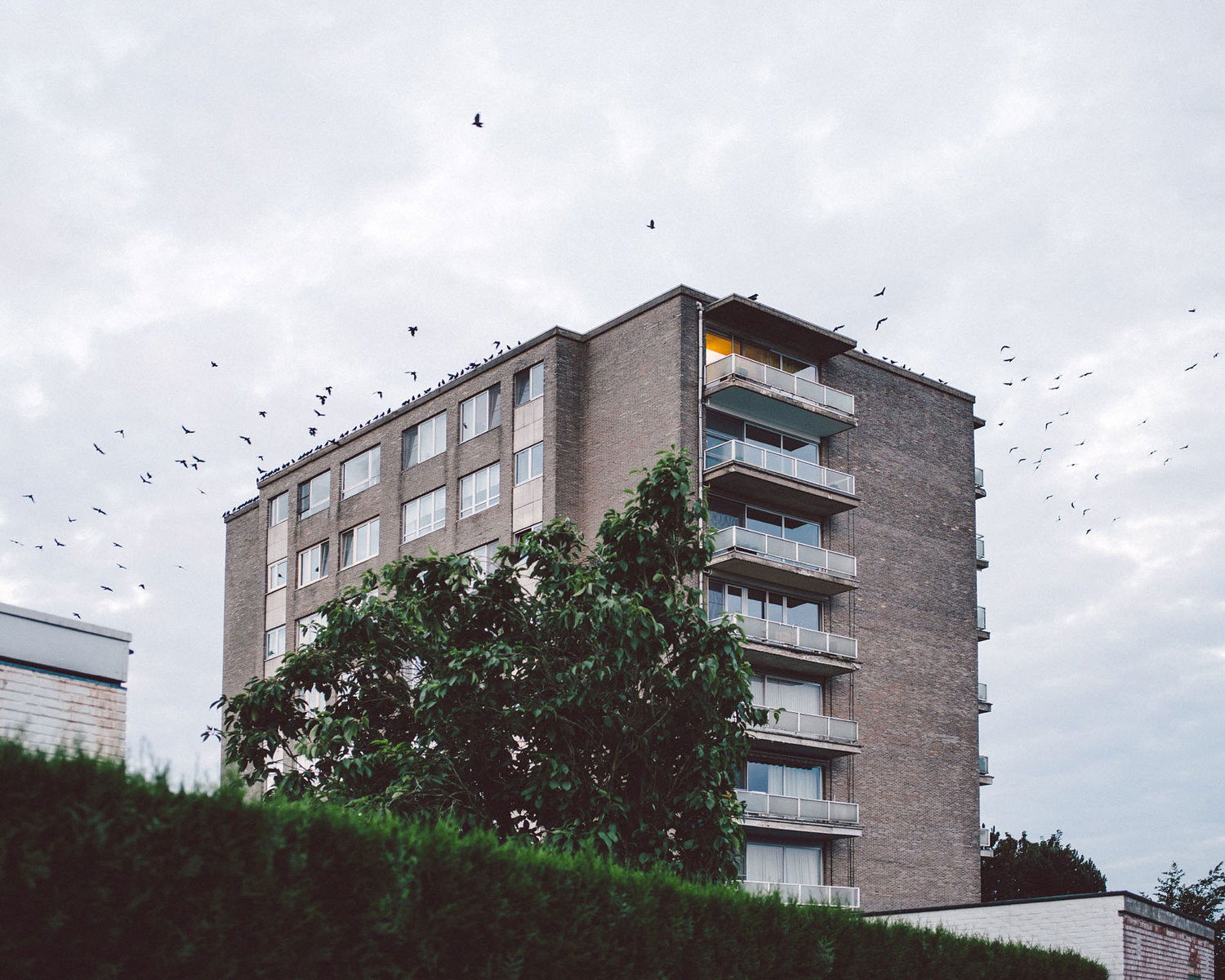
Fitness Photography
Fitness photography is all about capturing strength and healthy living. To achieve photos that look like they belong in a wellness magazine, start by talking to your model about their fitness journey. This can give you ideas and help you choose the right location and props.
Gyms don’t always have the best lighting, so take test photos beforehand to find spots with good light. Keep the background simple to focus on the athlete’s moves. Use a large aperture like f/2.8 to blur out distractions and capture details on your model’s face.
Shoot through objects to make your photos look candid. Take photos next to a window for flattering light. Focus on details like muscles and facial expressions to emphasize the athlete’s strength.
You can also use props like costumes, smoke bombs, or flour to make your fitness photos unique. Finally, use selective color in editing to get rid of vibrant distractions and make your subject stand out.
To learn more about professional fitness photography, our full article is the best place to start.
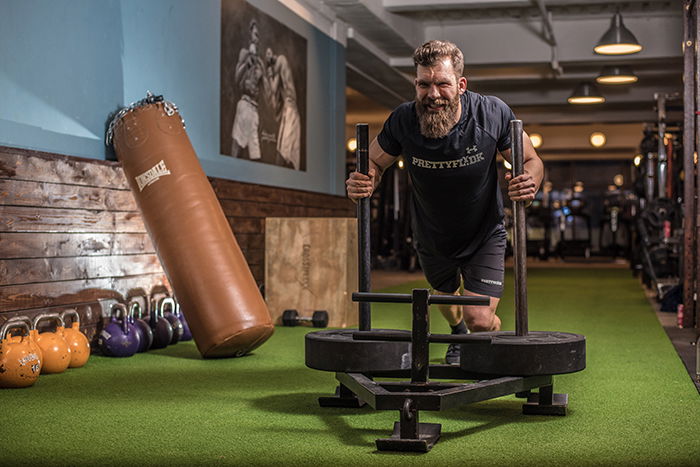
Real Estate Photography
Real estate photography is all about taking photos that sell properties. You’ll need a camera, tripod, and wide-angle lens to capture both interior and exterior shots. Use a low camera height for a realistic perspective and keep vertical lines parallel to avoid distortion.
Natural light often works best and gives a more organic feel to the space. Take multiple exposures to achieve the correct exposure in post-production. Avoid using the widest angle to prevent exaggerated distortion.
Plan for perfect light to take stunning twilight exterior shots. In post-processing, correct distortions, fix perspective, adjust highlights and shadows, and set the right white balance.
If you want to get into real estate photography, these tips will help you capture magazine-worthy images that impress clients and sell properties fast.
